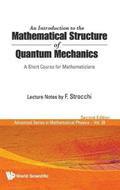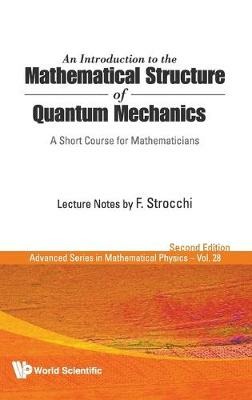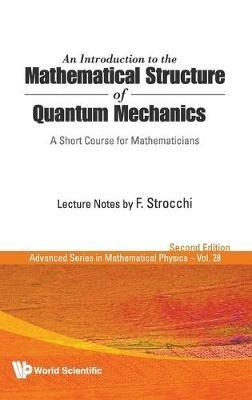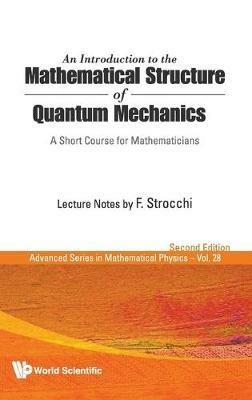L’articolo è stato aggiunto alla lista dei desideri
IBS.it, l'altro eCommerce
Introduction To The Mathematical Structure Of Quantum Mechanics, An: A Short Course For Mathematicians (2nd Edition)
Cliccando su “Conferma” dichiari che il contenuto da te inserito è conforme alle Condizioni Generali d’Uso del Sito ed alle Linee Guida sui Contenuti Vietati. Puoi rileggere e modificare e successivamente confermare il tuo contenuto. Tra poche ore lo troverai online (in caso contrario verifica la conformità del contenuto alle policy del Sito).
Grazie per la tua recensione!
Tra poche ore la vedrai online (in caso contrario verifica la conformità del testo alle nostre linee guida). Dopo la pubblicazione per te +4 punti
Altre offerte vendute e spedite dai nostri venditori



Tutti i formati ed edizioni
Promo attive (0)
The second printing contains a critical discussion of Dirac derivation of canonical quantization, which is instead deduced from general geometric structures. This book arises out of the need for Quantum Mechanics (QM) to be part of the common education of mathematics students. The mathematical structure of QM is formulated in terms of the C*-algebra of observables, which is argued on the basis of the operational definition of measurements and the duality between states and observables, for a general physical system.The Dirac-von Neumann axioms are then derived. The description of states and observables as Hilbert space vectors and operators follows from the GNS and Gelfand-Naimark Theorems. The experimental existence of complementary observables for atomic systems is shown to imply the noncommutativity of the observable algebra, the distinctive feature of QM; for finite degrees of freedom, the Weyl algebra codifies the experimental complementarity of position and momentum (Heisenberg commutation relations) and Schroedinger QM follows from the von Neumann uniqueness theorem.The existence problem of the dynamics is related to the self-adjointness of the Hamiltonian and solved by the Kato-Rellich conditions on the potential, which also guarantee quantum stability for classically unbounded-below Hamiltonians. Examples are discussed which include the explanation of the discreteness of the atomic spectra.Because of the increasing interest in the relation between QM and stochastic processes, a final chapter is devoted to the functional integral approach (Feynman-Kac formula), to the formulation in terms of ground state correlations (the quantum mechanical analog of the Wightman functions) and their analytic continuation to imaginary time (Euclidean QM). The quantum particle on a circle is discussed in detail, as an example of the interplay between topology and functional integral, leading to the emergence of superselection rules and sectors.
L'articolo è stato aggiunto al carrello
Le schede prodotto sono aggiornate in conformità al Regolamento UE 988/2023. Laddove ci fossero taluni dati non disponibili per ragioni indipendenti da IBS, vi informiamo che stiamo compiendo ogni ragionevole sforzo per inserirli. Vi invitiamo a controllare periodicamente il sito www.ibs.it per eventuali novità e aggiornamenti.
Per le vendite di prodotti da terze parti, ciascun venditore si assume la piena e diretta responsabilità per la commercializzazione del prodotto e per la sua conformità al Regolamento UE 988/2023, nonché alle normative nazionali ed europee vigenti.
Per informazioni sulla sicurezza dei prodotti, contattare productsafetyibs@feltrinelli.it
L’articolo è stato aggiunto alla lista dei desideri


